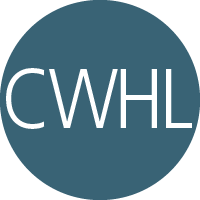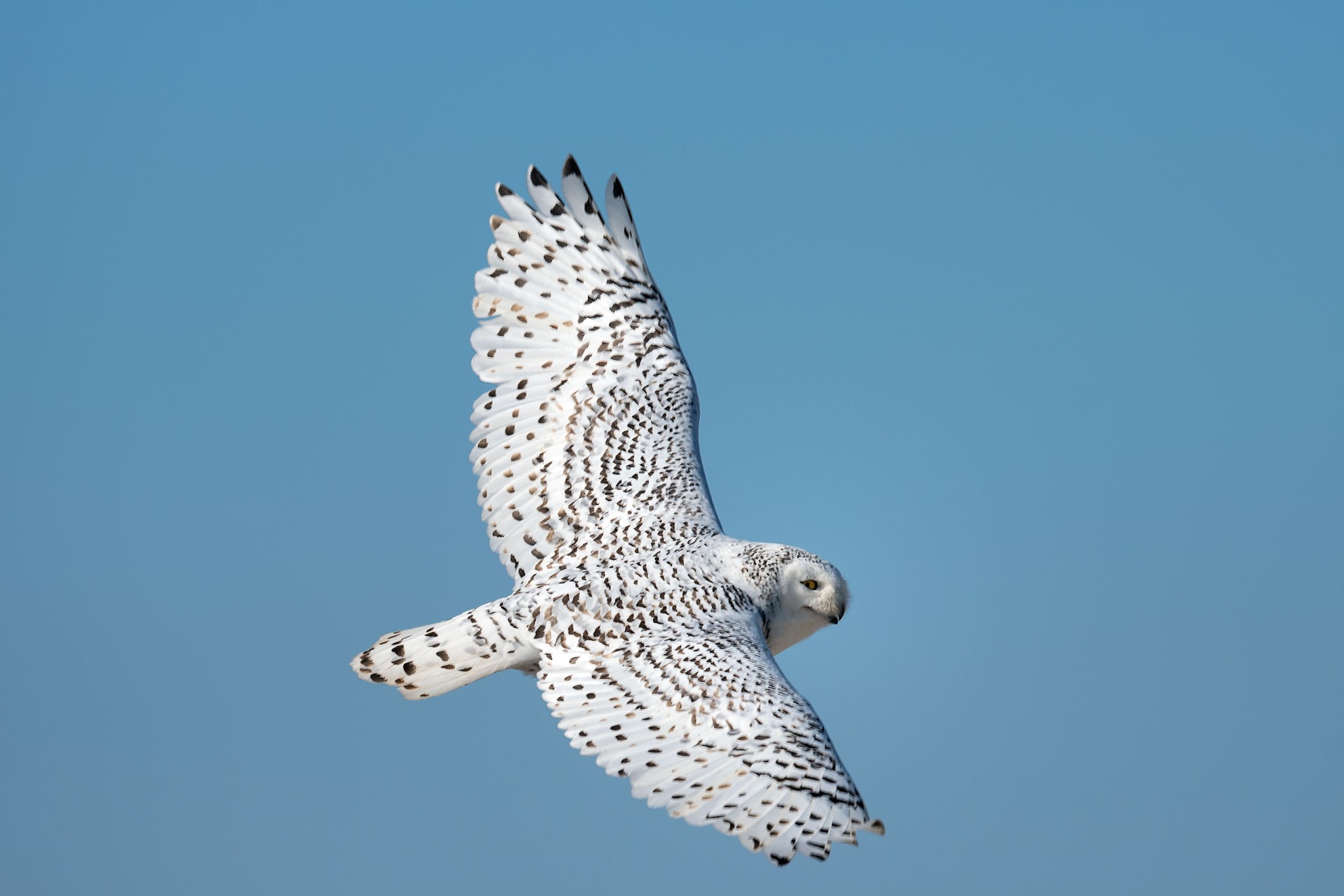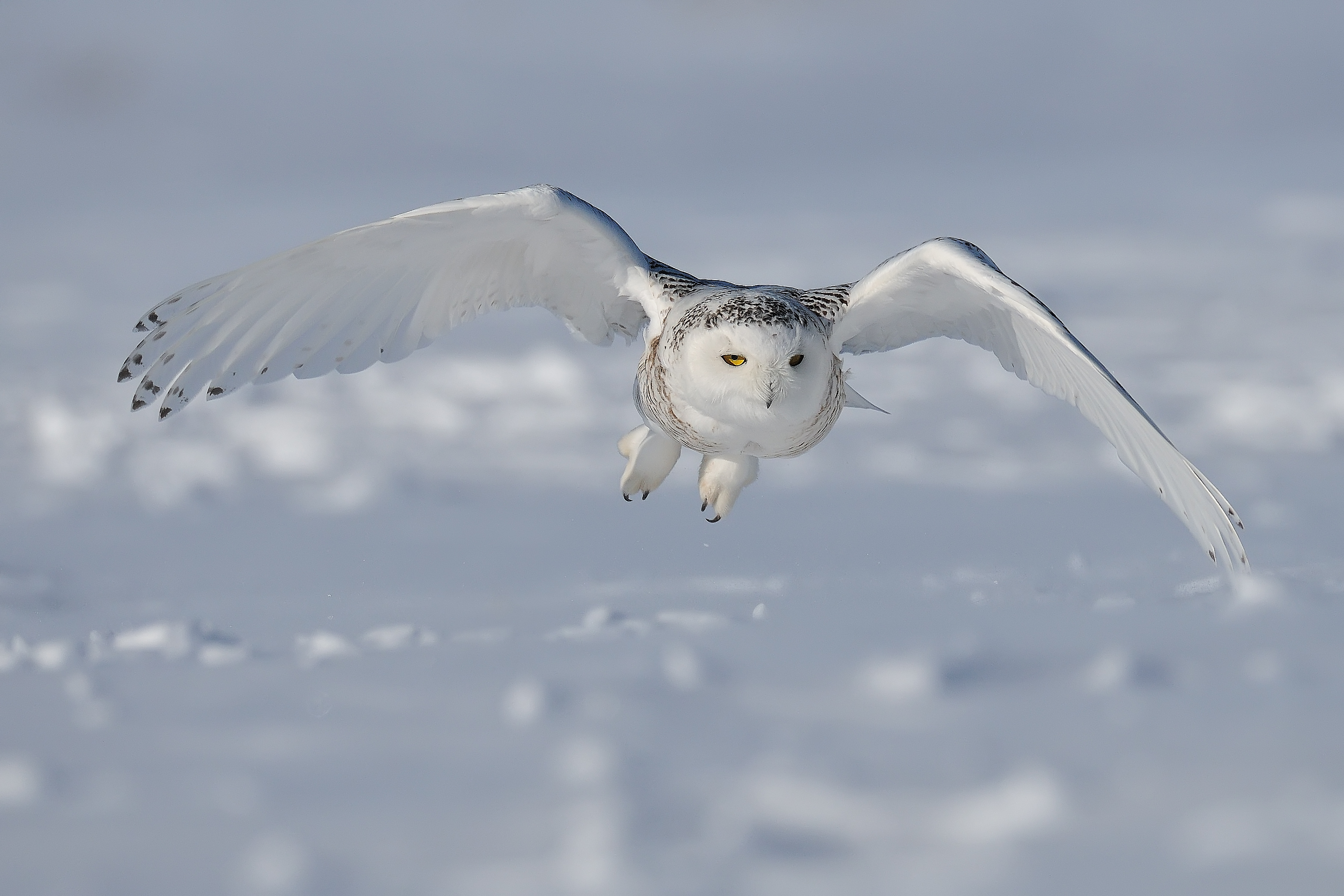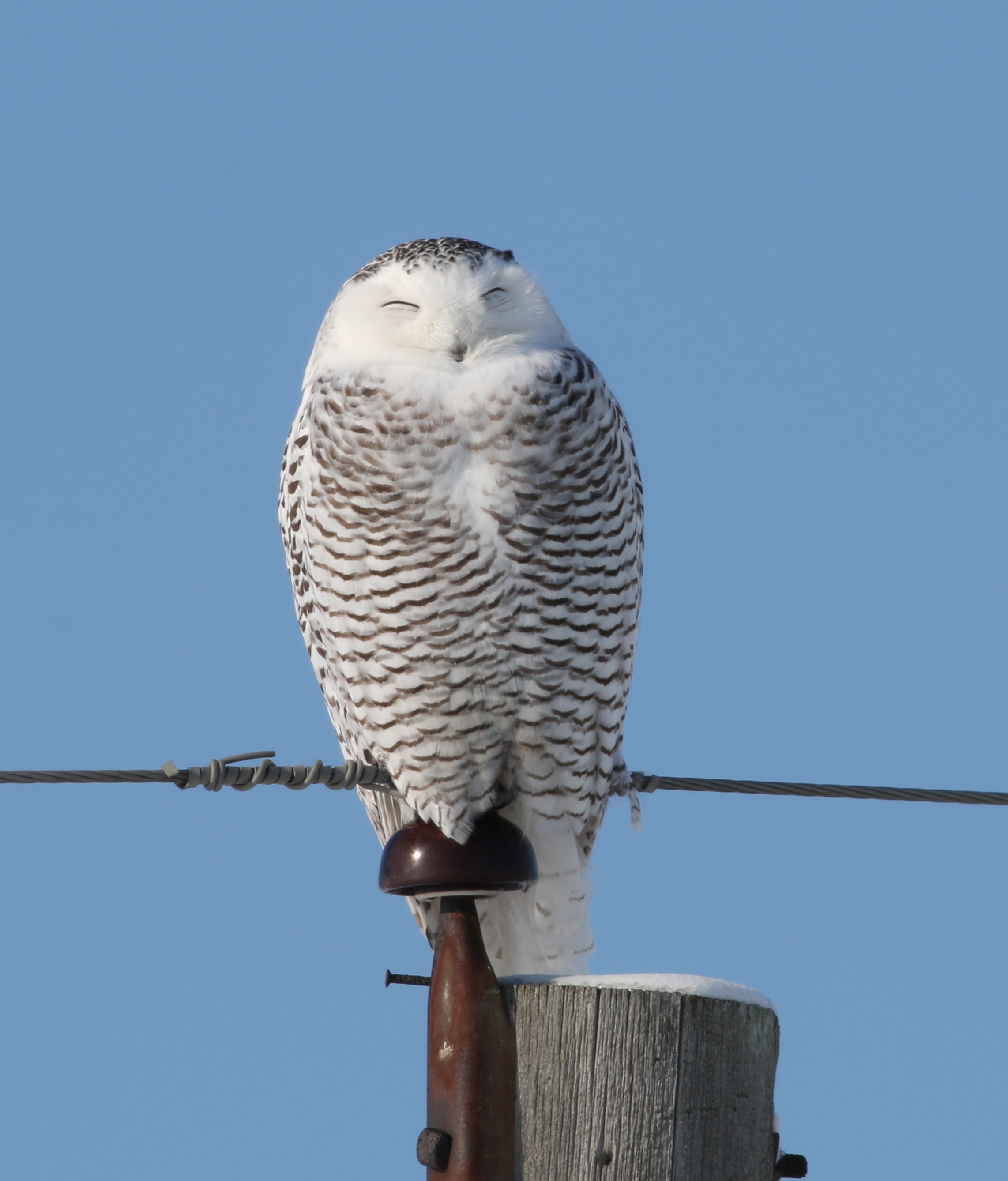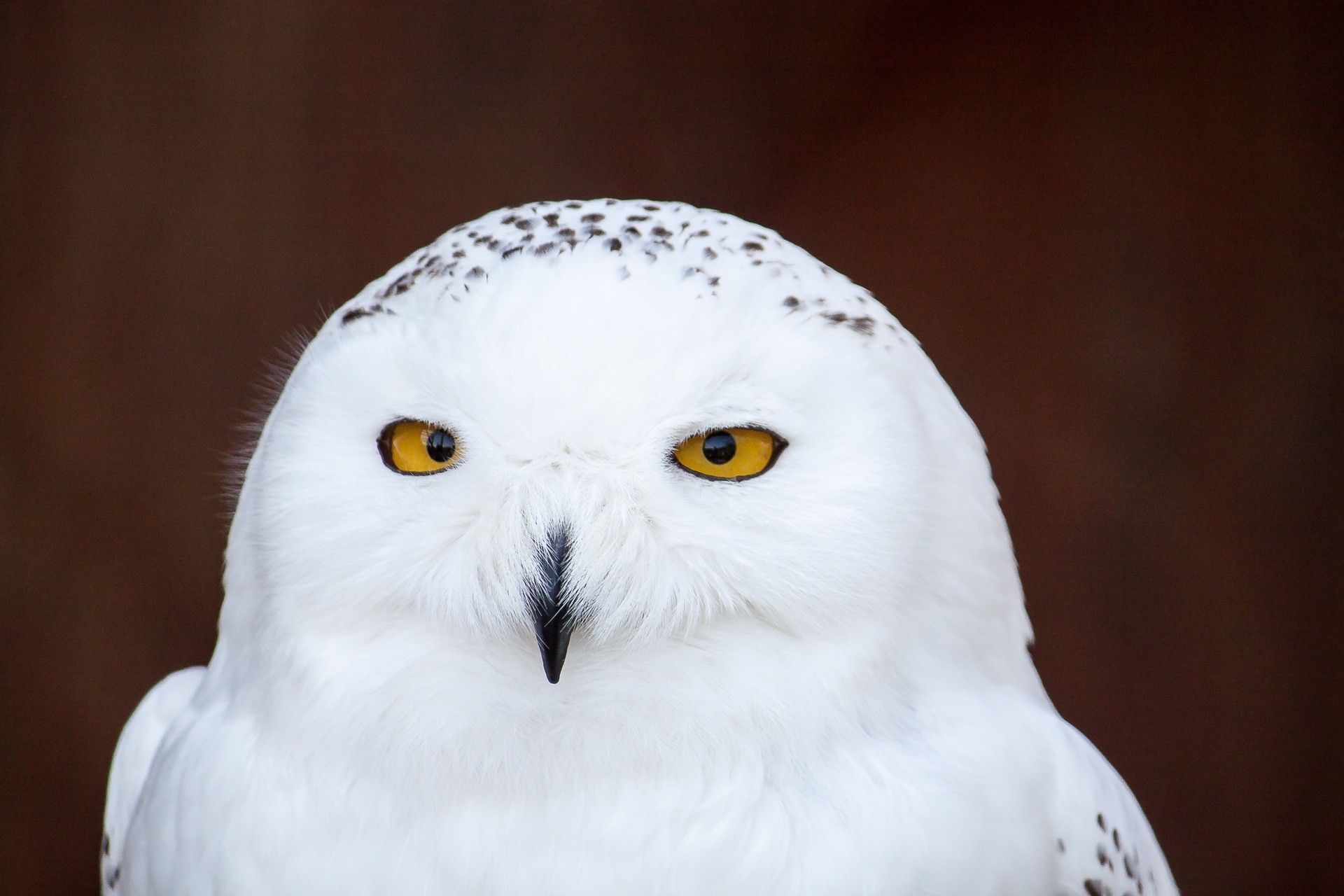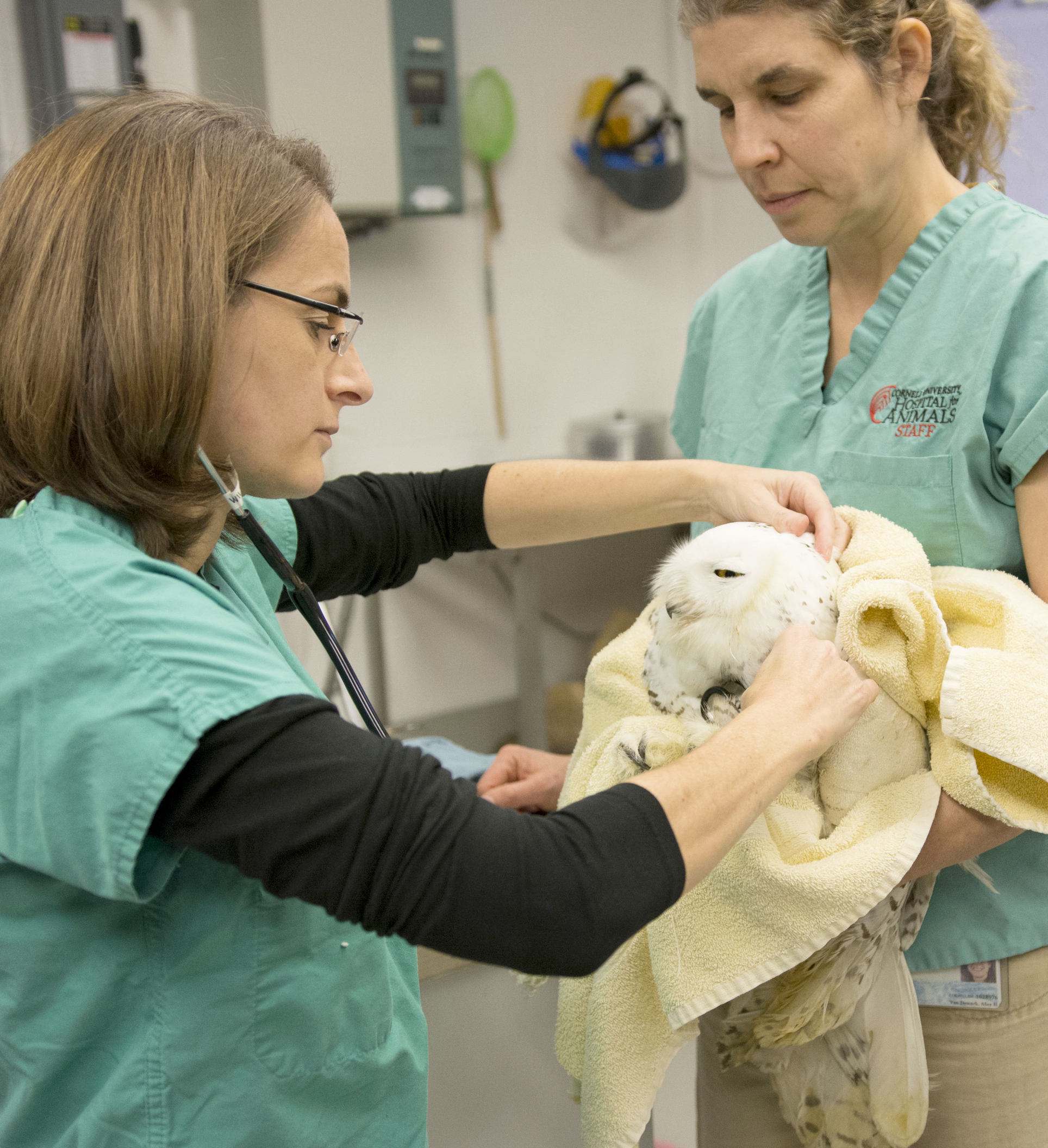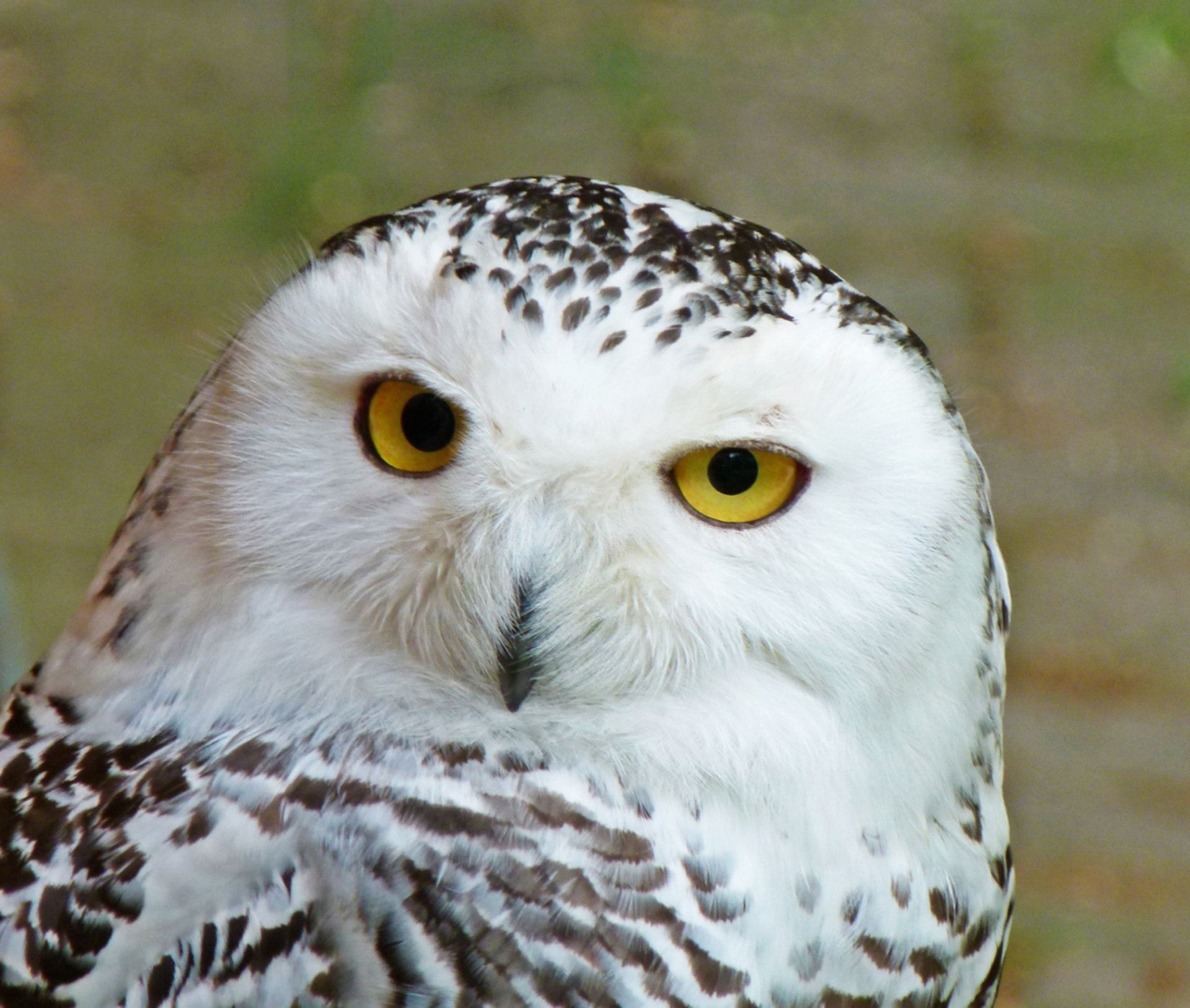Irruption – nope, it’s not a misspelling or a made up word. The definition of an irruption of a natural population is to undergo a sudden upsurge in numbers especially when natural ecological balances and checks are disturbed (Merriam-Webster.com). Lemmings are one of the most well-known examples, with an every 4-year boom and bust cycle. In New York, we’re looking to see if this may be another year of epic “invaders” from the north – but of the Snowy Owls that prefer to snack on lemmings, not the lemmings themselves.
CWHL receives samples for diagnostic testing and disease surveillance in NYS year round, averaging 1500 per year. Of these annual cases, approximately 1080 are birds, and usually 3-5 are Snowy Owls. In the winter of 2013-14, the number jumped to 24 Snowy Owl submissions, an increase of about 500%, which coincided with the largest Snowy Owl irruption in almost 100 years. So far this year, the CWHL has examined 10 Snowy Owls, so it remains to be seen if this will be another big winter for our visitors from Canada.
In 2013-15 CWHL worked with Project SNOWstorm to examine birds that came into New York, collecting samples and looking for causes of death or injury. Project SNOWstorm also uses state-of-the-art science and technology to track Snowy Owl movements and monitor bird health. The GPS tracking and data sharing efforts cross state and country borders from far northern Canadian territories down the east coast of the US and into the Midwest. Owls are fitted with solar powered transmitters and can be followed online! Get to know them here.
During 2014 and again in 2016, we confirmed 2 Snowy Owl deaths from pigeon herpesvirus, which was likely transmitted from a pigeon meal. Our lab at the Animal Health Diagnostic Center has worked with our virologists to develop a DNA based test for the virus, making it a useful diagnostic tool when testing raptors for the disease. (If you have a case you would like tested, please contact the CWHL for questions about submitting samples).
Also at Cornell, Snowy Owls can get treatment for injuries or illness at our Janet L. Swanson Wildlife Health Center, and anyone can report a Snowy Owl sighting (or find one) on the Laboratory of Ornithology’s eBird website.
Want to know more about Snowy Owls, the heaviest North American owl? You can find information about their life history and habits, listen to a recording and learn to identify them on the Lab of Ornithology’s All About Birds website.

